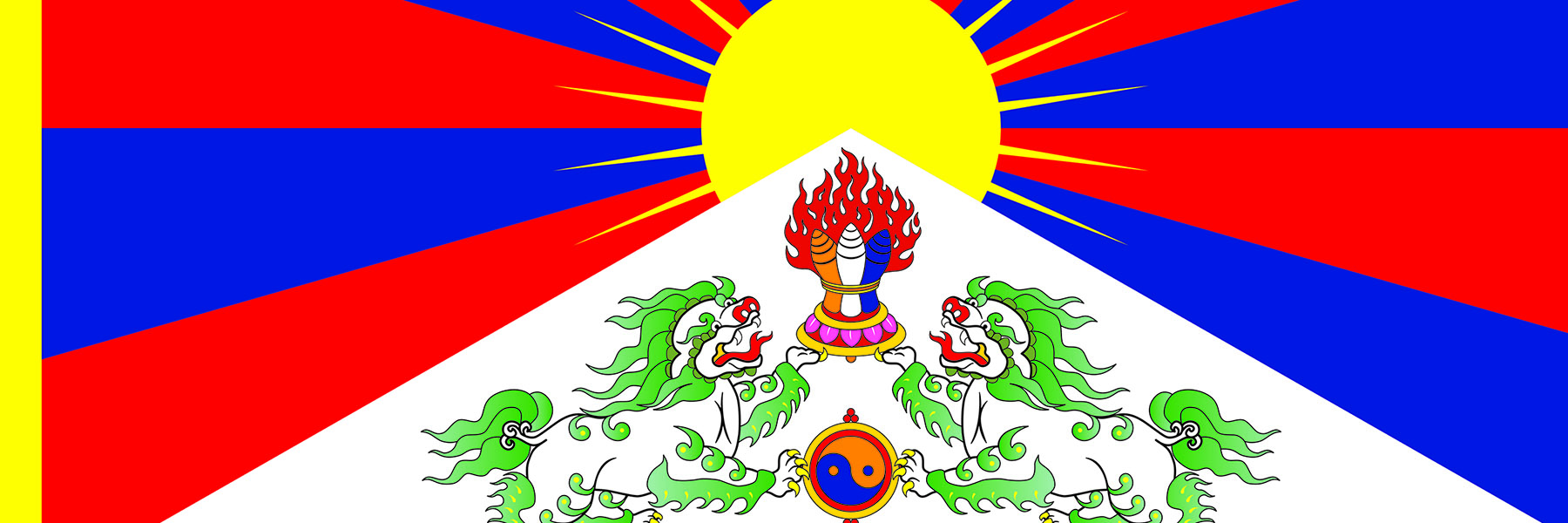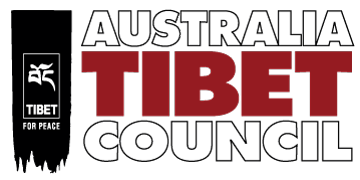
Tibetan Democracy-in-Exile
There are some new faces representing the Tibet movement here in Australia.
The first is the new representative of His Holiness the Dalai Lama here in Australia, Karma Singey. Karma la is based in the Tibet Information Office and during his time here in Australia, he plans to push for stronger parliamentary action on Tibet. Read more about Karma Singey here.
Tibetans in Australia have elected a new Chithue (member of Parliament), representing the Tibetan community in Australia and New Zealand to the Central Tibetan Administration (also known as the Tibetan Government-in-Exile). Tenzin Phuntsok Doring has been elected into the position of Chithue and he has outlined how he will represent the community here.
Did you know that Tibetan’s run democratic elections in exile?
Tibetans in exile have established a functioning democratic system. The Central Tibetan Administration (CTA) is a continuation of the legitimate government of Tibet which was in effect prior to China’s invasion. It was established by His Holiness in 1959, upon his flight from Tibet. The seat of this government is in Dharamsala, India. The purpose of the exile government, from the outset, was two-fold: To restore freedom inside Tibet and to promote the welfare of the Tibetan refugee population.
Tibetan democracy-in-exile was established and promoted by His Holiness the Dalai Lama, who previously was both the spiritual and political leader of Tibet. However the Dalai Lama felt it was important to separate the two types of leadership of Tibetans and retired from political leadership; the role of the Dalai Lama, as head of Tibetan Buddhism, relates to spiritual matters. But from this beginning a thriving democracy-in-exile has emerged, and has been guided not only by the principles set forth in the Universal Declaration of Human Rights, but also by Tibetan cultural values.
The CTA is now a participatory democracy that operates in accordance with a constitution, known as the Charter of Tibetans in Exile, which was drafted by a constitutional assembly and adopted by the exile parliament. The executive branch of the CTA is known as the Kashag, or council of ministers. Tibetan-Australians were able to vote in this election, held in December 2020 and April 2021, and have elected a new Chithue, Tenzin Phuntsok Doring.
Who is the new President of the Central Tibetan Administration?
The new President (elect) is Penpa Tsering. Penpa la will be sworn into his office on 27 May.
His electoral platform was built around 3 basic principles:
Equitable: aimed at providing common rights to every Tibetan – be it allocation of resources or providing opportunities in all areas of public undertaking in the fields of governance, economy and social programs. Fairness and justness is defined by decisions based on truth, while upholding the existential essence of the rule of law.
Cooperative Effort: aimed at ensuring a unified, harmonious Tibetan community for achieving meaningful results while implementing policies and programs.
Moving Forward: Developing strategic plans for resolving the just cause of Tibet based on the dynamics of events taking place in China and around the world.
We wish President Penpa Tsering all the best with his platform.
How does this help people in Tibet?
Unfortunately Tibetans inside Tibet can not directly benefit from this democratic activity. Tibetans in Tibet are unable to vote for their leadership in democratic elections, as their lives are under the control of the Chinese Communist Party. Chinese authorities do not allow democracy in Tibet and so Tibetans in Tibet are unable to enjoy basic freedoms and participatory governance afforded to most people around the world.
Tibetans in Tibet are routinely arrested for speaking out against the oppression of Chinese authorities, for speaking out against the environmental destruction of their lands, for speaking out against the repression they face for practising their culture, traditions and religion.
In 1949, when China militarily invaded Tibet, Tibet was a theocratic state and China was in the throes of an idealistic communist revolution. Today, Chinese and Tibetans inside Tibet live under totalitarian Chinese rule, while Tibetans who fled into exile have developed a thriving democratic form of government.
The CTA is a unique model of how a freedom movement and the development of a participatory democracy can go hand in hand. United with the Tibetans’ commitment to a path of non-violence, their freedom struggle is an important model for the world in terms of conflict resolution.
The importance of supporting the Tibet movements goal of achieving genuine Tibetan self-governance is one that all our supporters should get behind.
ATC works so that Tibetans in Tibet may one day enjoy their freedoms of self-determination and be able to participate in the decision making and policy that affects their lives and land. ATC’s vision is a free Tibet in which Tibetans can determine their future and freely pursue their political, cultural and economic developments.
